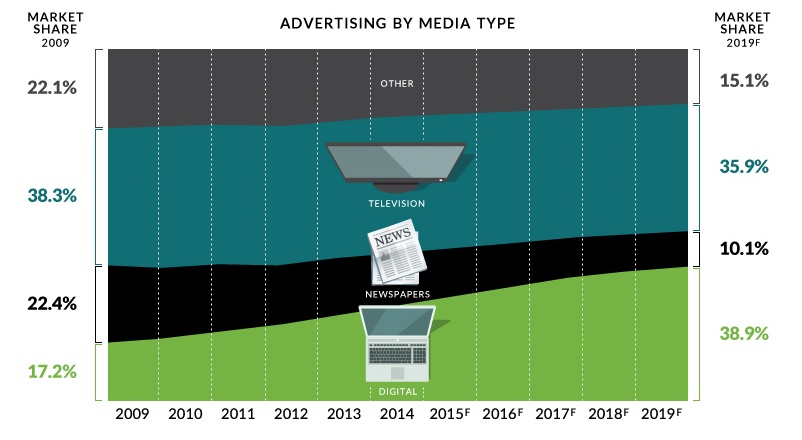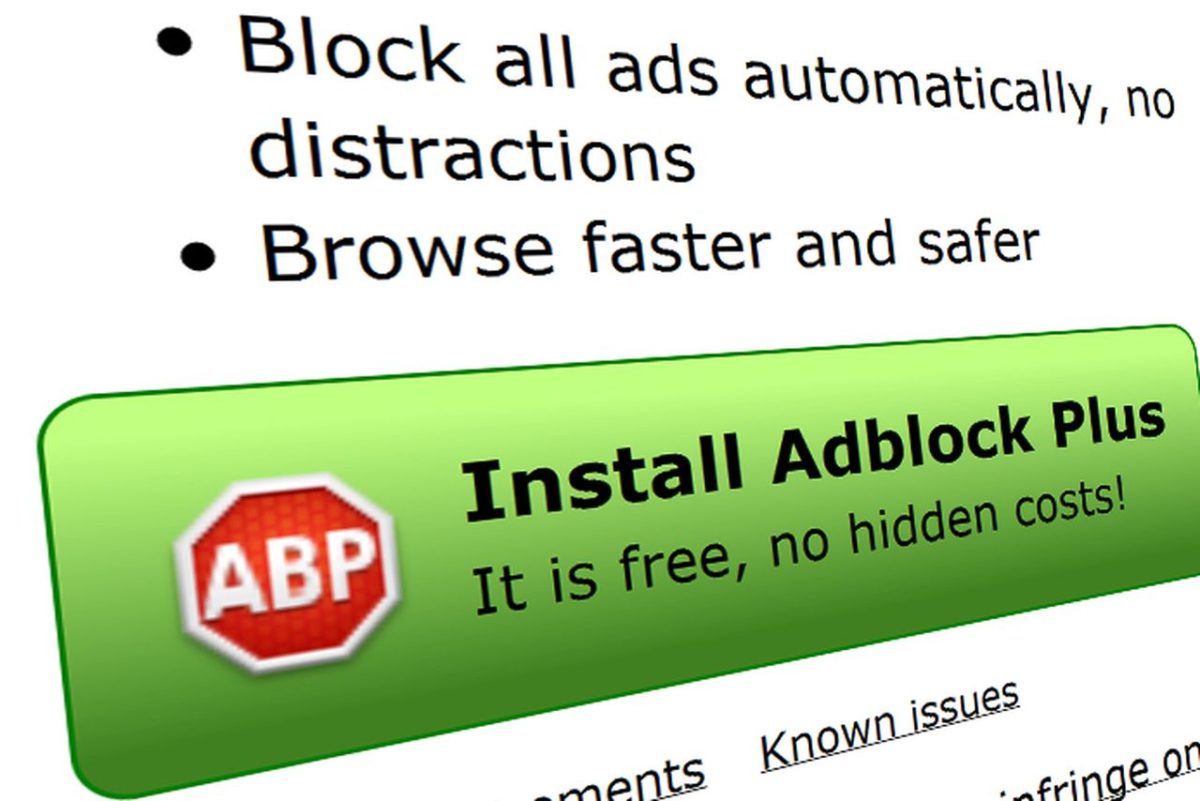Growing up with a television on which your favourite show aired at a certain time on a certain day has always been the way we experienced the media. The newspaper that was delivered every morning and the billboards by the side of the road as you went to work. By the introduction of the digital media things have been changing and habits are going to change even further according to Mckinsey. But what will happen to the quality of the media and how is the revenue stream going to change?
The traditional media had a business model in which the ad revenue was their biggest income. This explains both the newspapers, in which ads were displayed at the side of the pages and sometimes covered entire pages, and the television stations, which showed ads in the middle of their shows and between two shows. The income was steady and the companies could ask a price for their ad space depending on the popularity of the show or news article. Also billboard sign have generated a steady income depending on the amount of traffic on the road.
The digital innovation has disturbed this market with a new platform on which the revenue was generated in a different way. By 2019 the global add revenue of the television industry will rise with 5%, the newspaper industry with -0.6%, the billboards with 3.1% and the digital industry with12.7%. (Desjardins, J., 2016) Newspapers are being attacked by for example the Dutch firm Blendle, which offers a pay-per-article instead of the traditional subscription to the entire newspaper. The television is being pushed out of the market by the rise of both Youtube content as well as big movie providers such as Netflix. The quality of the media is however not unharmed.
Blendle for example only shows a small part of the article to make you decide whether or not you want to buy it. The tendency for authors to make the title and the small abstract as sensational and popular as possible might cause a failure to actually bring quality content. The traditional media could have both sensational and quality content due to the subscription based revenue. If only the sensational news will be sold the quality will suffer. The same principal applies to the television industry. The quality talk shows will be replaced by the sensational shows that are meant to entertain people instead of inform them, because this will generate more views.
Do you share this opinion on the slow death of the qualitative media and the rise of more sensation seeking media?
Sources:


